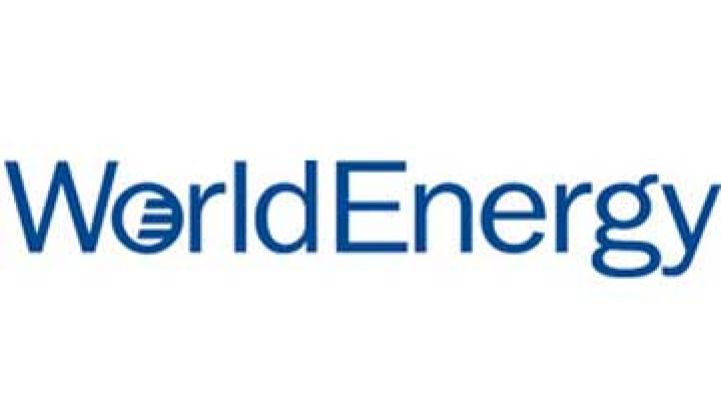World Energy is a publicly traded energy management services firm, and yet, it can seem like an enigma at times. Many people associate the company with RGGI auctions, the Regional Greenhouse Gas Initiative’s cap-and-trade program for carbon dioxide emissions. Others might think of the Worcester, Mass.-based company as a broker in demand response auctions. Others hear the phrase 'World Energy' and think of energy procurement services.
The company does all of those things, and with a rash of recent acquisitions, it is also moving further into energy efficiency and retrofits. World Energy prides itself on accountability, with its auctions at the heart of that process, and thinks it can bring that same clarity to the muddy waters of energy efficiency.
“It’s a leap of faith for an energy manager to work with just one entity,” said Phil Adams, president and COO of World Energy. “There is a mantle of trust we’re offering across all of our solutions.”
To expand into the busy yet complicated energy efficiency space, World Energy first purchased Pennsylvania-based Co-eXprise Inc. for $4 million in September to get their book of business for sourcing electricity. The move shored up World Energy’s position regionally in electricity procurement.
In the past three weeks, the company made two other acquisitions. World Energy purchased Northeast Energy Solutions of Connecticut, an energy efficiency firm, for $4.75 million in October and followed that up by purchasing Texas-based GSE Consulting, a medium commercial energy management and procurement firm, for $8.6 million.
The company also just posted its third-quarter earnings, where it turned a profit of $855,144, six times higher than its profit in the same quarter in 2010. Revenues were also up 21 percent in the third quarter.
The acquisitions expand World Energy’s business, but do not change their core offerings. Adams talks at length about the seven levers of energy management, the first one being planning.
When a company comes to World Energy, the first stage is planning. Are there competitive electricity suppliers in its territory? Is the business getting the best deal? Adams said that companies often want to run an auction before doing a complete analysis of the facilities.
Often, it does make sense to run a procurement auction to get the company the best deal possible on electricity prices. But there is sometimes more that can be done. Every company is different, but World Energy can help clients look at whether they can and should play in the demand response market. If so, World Energy can also set up an auction for demand response providers to bid on the business.
Adams said DR companies have told World Energy they hate the auctions because they drive down profit margins, but they love them because it’s an easy, low-cost way to pick up new business.
Once a client has gone through analysis and sourced electricity and maybe demand response, it can start looking at efficiency. “Energy efficiency is a process that needs to be made more efficient,” said Adams.
The problem for most medium commercial companies, which is the space where World Energy sees itself as best positioned, is that there often isn’t the capital available for any significant upgrades. Even with utility or government incentives, it’s often still too expensive, even if the payback is less than two years. “People feel like they’re winning the battle but losing the war,” Adams said of companies that are only able to make energy upgrades in a piecemeal fashion.
To overcome the hurdle, World Energy can add a few extra percentage points into an auction to raise money. For example, a group of health clubs needs new air conditioners. First, World Energy ran an energy procurement auction to get the health club a better deal on their electricity bill. World Energy usually tacks on 1 percent of the energy cost in order to get paid, so the health club would pay its electricity bill as usual, and that 1 percent payment to World Energy would come from the electricity supplier.
Because the health club needed new AC systems, World Energy charged a few extra percentage points, and then World Energy lines up the subcontractors and efficiency work and sets up on-bill financing. “Procurement alongside efficiency makes the finances work,” said Adams. Also, the cost can come out of the company's operating budget instead of its capital budget, which makes it much easier for many companies. Working with medium-sized commercial also means World Energy doesn't have to compete with the Johnson Controls and Honeywells out there.
Holistic thinking around energy, with a side order of handholding, is sorely needed for many companies. During a recent webinar, Adams posed a question about what the listeners' companies were going to do next: demand response, efficiency, procurement, or, “I’m so confused; I have no idea what to do next.” The latter answer was the number one response.
“Everyone is looking for the whiz-bang solution,” said Adams. “Our view is energy efficiency and energy management is yard by yard, building by building. There’s no super solution.”



